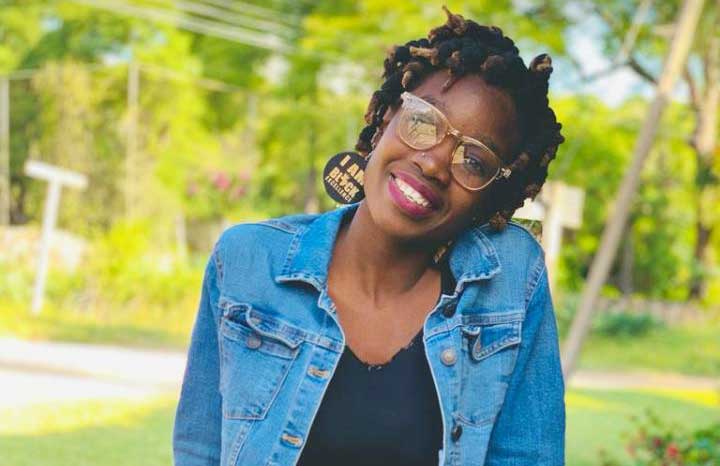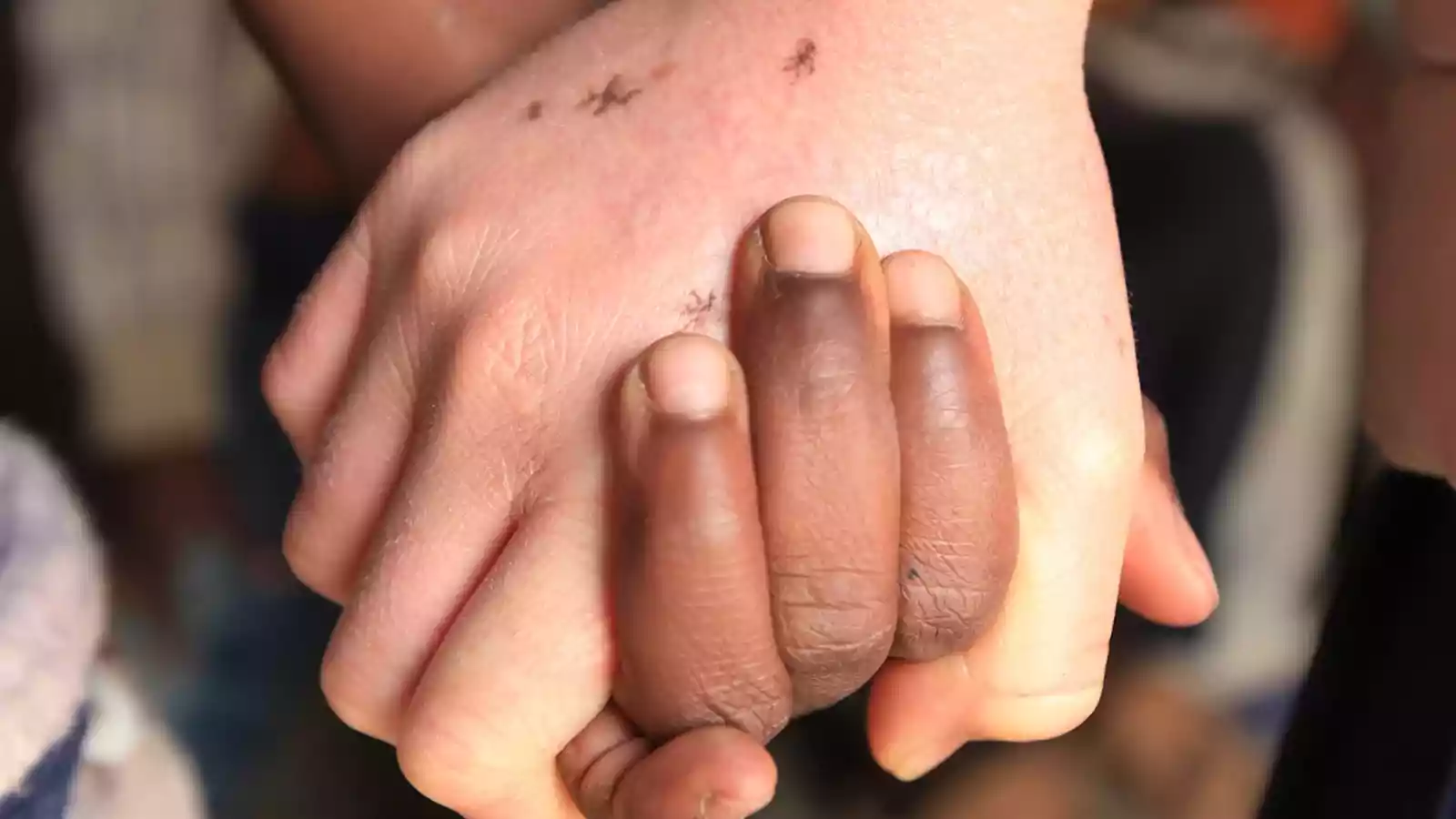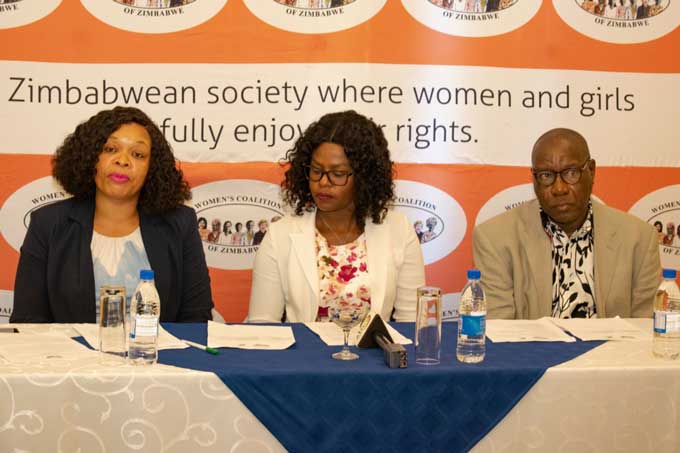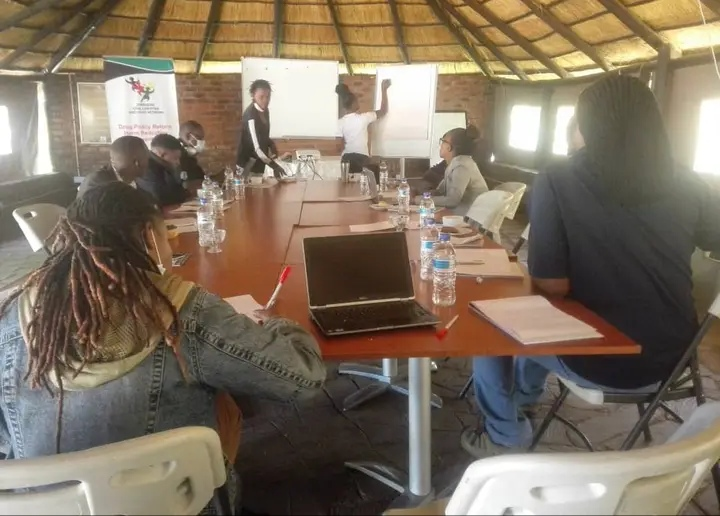
By Raymond Millagre Langa THIS generation we live in is so photogenic that with the advent of technology we see citizens’ journalists taking meaningful photographs and posting them on social media platforms such as Facebook, Instagram, Youpic, Flickr and Pinterest.
In essence, it is imperative to note that a picture tells a story of the everyday realities that we encounter as social beings. This then means that the role of the photographer is important as an artist.
A picture captures and freezes a moment in time, which then conveys an emotion, expression, mood, shares ideas and tells a narrative which in actual fact is a story.
Photographs tell us several stories from travel, to family holidays. Zimbabwe is one of the best places in the world for photography, for example at tourist resorts such as Victoria Falls, Nyanga, Matopos Hills, Vumba, Chimanimani and Zimbabwe Ruins in Masvingo, and several other interesting sites.
Professional photographers that are very artistic can take very good pictures that speak about human rights issues, the plight of women, developmental projects, musical artists and dancers as they perform, and several other stories about the environment, politics, and several other social issues.
However, the field of photography in Zimbabwe is dominated by males. Society also views photography as a male profession; but these are just stereotypes that must be changed in this modern age to ensure that more women take up photography. This would enable female photographers to also tell stories about women and girls in Zimbabwe in order to end the masculine hegemonic pre-disposition that enables males to dominate most fields or professions.
This has led to the precipitation of the male gaze in photography, while female photographers have been over shadowed.
One of the female photographers that has broken the gender barriers and is telling stories through her photography is Tsungirirai “Tsungie” Kumutsana. She is an epitome of the few rising women photographers from Bulawayo that uses the camera to document and tell the everyday story of hard working women living in townships, and who work hard to feed their families.
- Chamisa under fire over US$120K donation
- Mavhunga puts DeMbare into Chibuku quarterfinals
- Pension funds bet on Cabora Bassa oilfields
- Councils defy govt fire tender directive
Keep Reading
“I come from Sizinda suburb in Bulawayo, which has people from diverse cultural backgrounds and different African countries such as Zambia, Malawi and Mozambique,” Tsungie explained.
“Historically Sizinda was inhabited by migrant workers employed by the National Railways of Zimbabwe during its heydays in the 1970s and 1980s.
“Most of the migrant workers died, but they left widows, children and grandchildren that now have to fend for themselves.
“They face several economic hurdles, and my photography tells their sad or happy stories.”
As a person who loves art and gender issues, I had a chance to browse Tsungie’s photography. It tells very deep stories of women’s struggles; especially widows as they seek to find different ways to feed their families. The photography tells stories of resilience by women in Sizinda as they find different means of livelihood sustenance such as community market and nutrition gardens, selling different wares on the streets of Sizinda, and also engaging in self-help projects like manufacturing detergents.
Tsungie’s lens captures the story of pensioner’s wives who are housewives with no other professional white collar qualifications.
“My lens captures the images of hardworking women,” she said.
“I capture the “imbokodo” aspect of womanhood — where she is the source of strength and inspiration for her family through her hard work.
“I have witnessed how these women have managed to raise children and grandchildren from these self help projects.
“Some of the children are now successful university graduates and yet their mothers earned a living through vending; selling vegetables and snacks.”
Her photographs can actually stimulate productive discussion on how communities can engage in productivity and developmental issues.
Unlike most social media photographs where people promote selfish egos and seek vanity, Tsungie’s picture stories are inspiring, developmental and promote self-sustainability rather than dependence.
“In as much as I capture these images, it is also really very difficult to be a female photographer,” Tsungie said.
“The field is male-dominated as there is this misogynistic sexist attitude that women in photography are perceived to be.
“Some of the misconceptions include that female photographers are loose women, which is very untrue.
“I believe in my talent and the power of the lens.
“I am simply a woman that had taken an ultra-radical step to prove a point in society, and I continue to tell stories about other women that stimulate development.”
She said female photographers remained in oblivion, a situation that has been blocking their exposure and voices.
“Despite the hurdles, I work for a multi-platform entertainment company, Early Entertainment that is dedicated to producing, distributing and promoting film, theatre, photography, literature, music and 2D animated productions,” Tsungie said.
“Working at an entertainment company as the only female has proven to be an interesting experience as I like the dynamism of my team mates.
“We capture different live shows in Bulawayo such as the Friday Late ZW which is held at the Art Gallery every last Friday of the month.
“One thing that I have learnt from the company is the need to tell authentic African stories of artists and creatives.
“Our lens puts the creatives into the spotlight and plays a role in accentuating their voices and in the process, this promotes development.”
She said while the company she works for, Early Entertainment’s primary objective is to entertain, it simultaneously transcends storytelling to produce culturally respectful and socially conscious content to educate, inspire and connect the communities that it reflects in its work.
Tsungie said one of the major challenges she experiences in photography is that it is an expensive profession.
It actually costs an arm and a leg for one to purchase an expensive camera with good quality lenses.
She said marketing one’s art in the field of photography remains hard as it has also become a very competitive field due to the rise of other photographers — some bogus.
However, she said what makes one a relevant and professional photographer is the ability to tell stories through pictures.
“While almost all photographers use the social media mix, a few leverage on the power of publicity,” Tsungie said.
“If photographers are proactive and pitch themselves and their work to relevant media such as newspapers and magazines, this can lead to visibility on a grand scale.”
Tsungie’s dream is that one day female photographers will get funding support to showcase their photography projects through exhibitions, so that they can tell stories documenting the challenges of rural women who remain neglected and economically deprived and incapacitated.
She also dreams of reaching out to young rural girls to teach and enhance their photography skills so that they can also tell their stories through pictures using the power of the lens.
Photography has also provided a means of living for those that are unemployed that take social photos. In developed countries, professional photographers like Tsungie actually make a good living.
- Raymond Millagre Langa is a musician, poet, writer, orator and founder of Indebo Edutainment Trust. Follow Raymond Millagre Langa on Facebook or Instagram on @Millagre Ray L; email indeboedutainmenttrust@gmail.com and millagrepapaito@gmail.com










